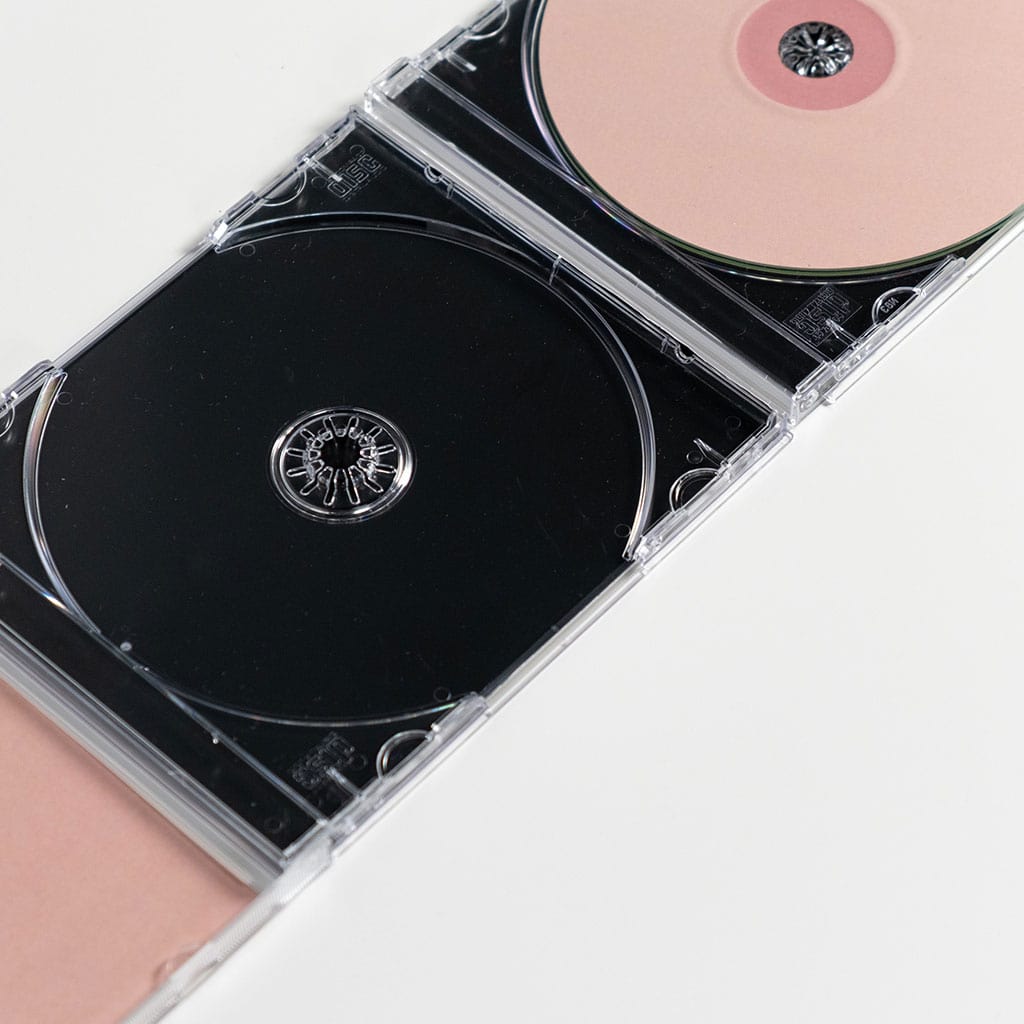How to Eject CD from iMac?
How to Eject CD from iMac?
Ejecting a CD or DVD from your iMac is a straightforward process, but it might not be immediately obvious if you’re new to the Mac ecosystem. In this guide, we’ll walk you through the simple steps to safely remove a disc from your iMac’s optical drive.
Master the Art of Ejecting a CD from your iMac
Ejecting a CD or DVD from your iMac is a simple process. Follow these steps to safely remove a disc from your iMac’s optical drive:
- Use the Eject Key: Most iMac keyboards have an Eject key (⏏) located in the top-right corner. Press this key, and the system will eject the disc from the optical drive. If you have an external keyboard, the Eject key should also be present.
- Drag to Trash: You can also eject a disc by dragging its icon to the Trash in the Dock. To do this, first, open a Finder window by clicking the blue and white smiley face icon in the Dock. Then, locate the disc icon on your desktop or in the Finder’s sidebar. Click and hold the disc icon, then drag it over the Trash icon in the Dock. When the Trash icon turns into an Eject icon, release the mouse button. The disc will eject.
- Eject from Finder: Another method is to eject the disc directly from a Finder window. Open a Finder window, and in the sidebar, under “Devices,” you will see the name of your disc. Click the small eject button (a triangle) next to the disc’s name, and it will eject.
- Use the Menu Bar: You can also eject a disc by selecting it from the menu bar. Click on the “File” menu in the upper-left corner of your screen while the Finder is active. From the drop-down menu, select “Eject [Disc Name],” where [Disc Name] is the name of the currently inserted disc. This will trigger the ejection process.
- Eject from Disk Utility: If none of the above methods work, you can use Disk Utility. Open Disk Utility from the Applications > Utilities folder. In the left sidebar, you will see your optical drive listed under “Internal” or “External.” Select it and click the eject button in the toolbar.
- Eject with a Mouse: If you’re using a Magic Mouse or a Magic Trackpad, you can perform a “two-finger swipe down” gesture on the mouse or trackpad to eject a disc.
Remember that when you eject a disc, make sure that no applications or files on the disc are in use. Ejecting a disc while it’s actively being used can lead to data loss or errors. Additionally, be gentle when inserting or ejecting discs to avoid any damage to your iMac’s optical drive or the disc itself.
What is the procedure for ejecting a CD through Disk Utility?
Ejecting a CD through Disk Utility is a straightforward process on an iMac. Here’s a step-by-step guide:
- Launch Disk Utility: Begin by opening the Disk Utility application. You can find this in the “Utilities” folder within the “Applications” folder on your iMac.
- Locate the CD Drive: In the Disk Utility window, look at the left-hand sidebar. You’ll see a list of all connected drives and devices. Find and select the CD or DVD drive you want to eject.
- Eject the CD: With the CD drive selected, go to the menu bar at the top of your screen and click on “File”. From the dropdown menu, choose “Eject [Name of the CD]”. This action will prompt the CD drive to eject the disc smoothly.
- Eject via Context Menu: Alternatively, you can right-click on the CD drive’s icon in the Disk Utility window. In the context menu, select “Eject [Name of the CD]”.
- Verify Successful Ejection: Once you’ve initiated the ejection, you should hear the characteristic sound of the CD drive preparing to eject the disc. When successful, the CD icon will disappear from the Disk Utility window, indicating that the disc has been safely ejected.
It’s worth noting that Disk Utility provides a reliable method for ejecting CDs, particularly in cases where standard methods may not be effective. Remember to handle the CD carefully after ejection to avoid any damage.
How can I prevent damage to the optical drive or CD during the ejection process?
To ensure the safe ejection of a CD and prevent damage to both the optical drive and the disc itself, follow these precautions:
- Avoid Forceful Methods: Never resort to using excessive force, like pushing or pulling forcefully on the CD tray. This can lead to mechanical damage within the optical drive or cause the CD to break. Instead, rely on the proper ejection methods provided by your operating system.
- Use Software Ejection: Whenever possible, use the software-based ejection methods provided by your operating system. In macOS, for example, you can utilize the “Eject” button in Finder or use Disk Utility to safely eject the CD. This ensures that the CD is released from the drive in a controlled manner.
- Wait for the Drive to Respond: After initiating the ejection process, give the optical drive a moment to respond. You should hear the drive whir and the tray should begin to open. Avoid any additional attempts to eject the CD while the drive is in the process of responding.
- Handle the CD with Care: When the CD tray opens, gently retrieve the disc by its edges, avoiding contact with the data surface. Inspect the CD for any signs of damage, such as scratches or cracks, before reinserting it or storing it.
By following these precautions, you can minimize the risk of damaging the optical drive or the CD during the ejection process, ensuring that both components remain in good working condition.





You must be logged in to post a comment.